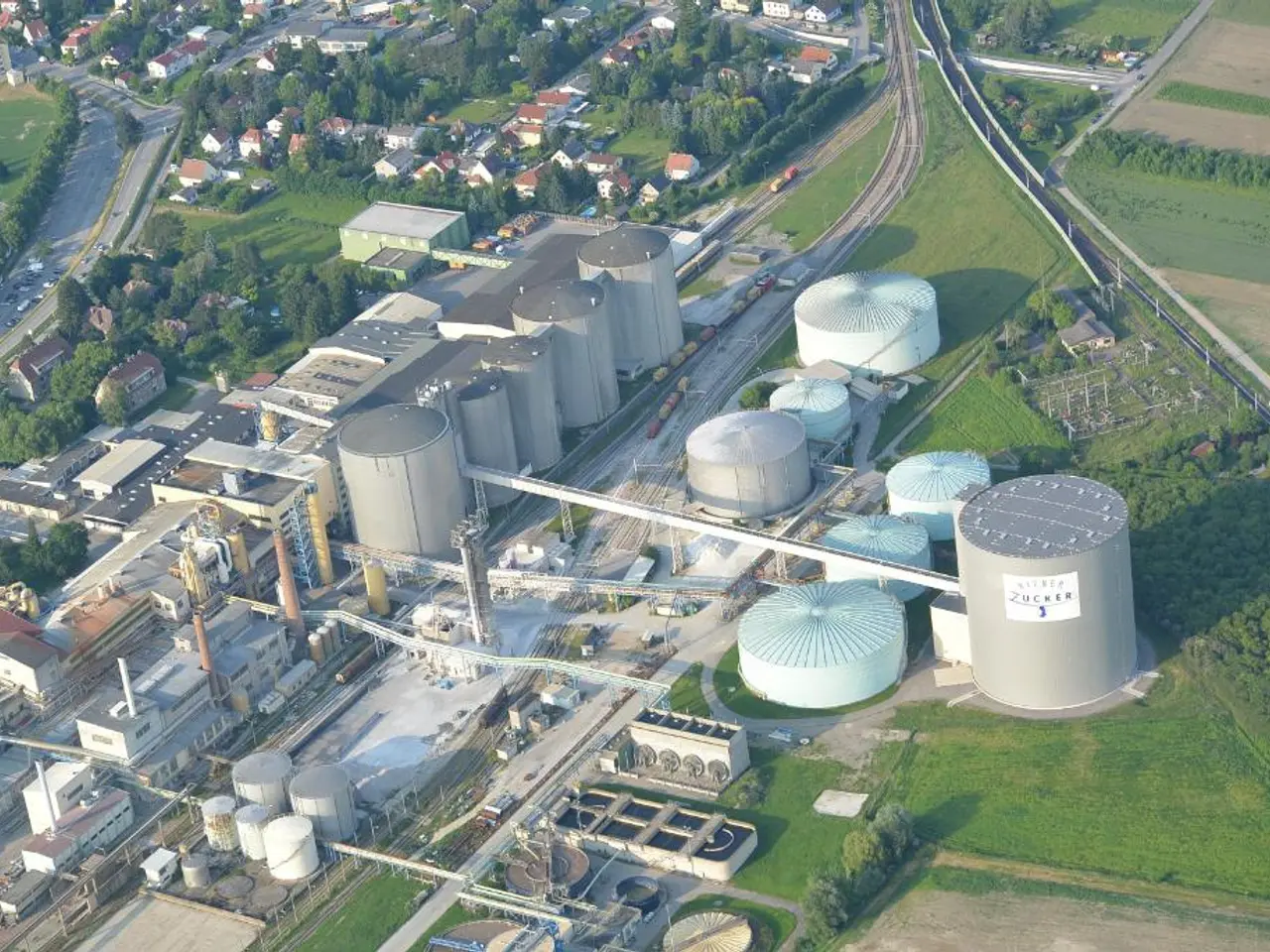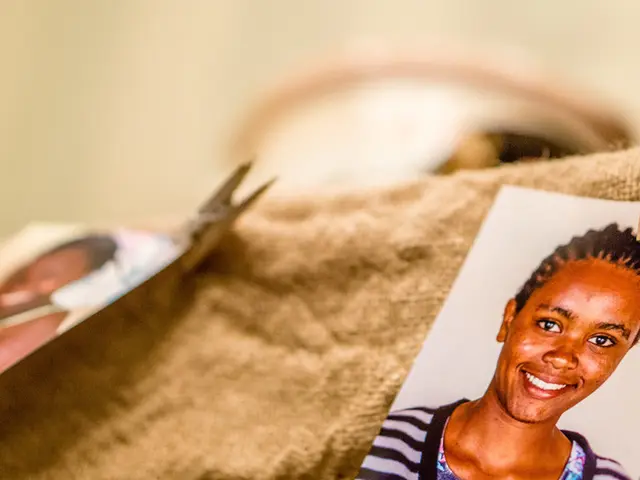Stray Animals, Such as the Striped Skunk, Can Offer Important Benefits, Both Ecologically and Scientifically.
In the world of conservation and research, roadkill has taken on a new role beyond simply being a tragic byproduct of traffic accidents. From zoos to universities, scientists and wildlife organizations are finding innovative ways to utilize roadkill for various purposes.
The American Zoo Association, for instance, encourages the use of roadkill for carnivore exhibits, but only if it can be established that they are from a safe source. This practice is not uncommon, as evidenced by the Seneca Park Zoo in Rochester, New York, which sometimes uses roadkill deer as food for its carnivorous animals. However, the zoo only accepts roadkill deer if they are less than 10 hours old, killed under circumstances that zoo staff is aware of, and vets check the carcasses for disease and tumors before allowing them to be fed to the animals.
Similarly, the Wolf Education Research Center in Winchester, Idaho, feeds roadkill to its charges. The San Diego Zoo in the United States also uses cattle by-products instead of meat from traditional suppliers on occasion.
Roadkill is not just a food source, though. It serves as a valuable tool for research in various fields. For example, forensic scientists use dead bodies in body farms to study how they decay in different conditions. In a similar vein, researchers at the Outdoor Research Facility at Boston University study decay in pigs, rats, and carcasses donated by the Massachusetts Division of Fisheries and Wildlife.
The study of roadkill can also provide insights into anatomy. The Bay Area Puma Project in California researches mountain lion diet, movement, and hunting patterns by capturing and collaring mountain lions using roadkill as bait. The study on roadkill butterflies, published in Biological Conservation, sheds light on the factors affecting the survival of these insects on roads and their potential for collecting DNA samples.
Conservation organizations like Linking Landscapes in Massachusetts are also leveraging roadkill data to prevent more animals from getting hit by vehicles. In 2010, they recorded 101 turtle mortalities at an intersection of Route 119 and installed fencing to prevent turtles from crossing there. By 2012, this number had dropped significantly, demonstrating the effectiveness of such measures.
In some states, you can even collect roadkill for personal consumption if it is legal. However, if you come across an animal on the side of the road, it's essential to help prevent other animals from getting hit by moving it off the road or contacting a scientist studying that animal or a carnivore exhibit.
The use of roadkill in conservation and research is a testament to humanity's ingenuity and our efforts to minimize waste while gaining valuable insights. As our understanding of these practices grows, so too does our ability to utilize roadkill in ways that benefit both wildlife and humans.







